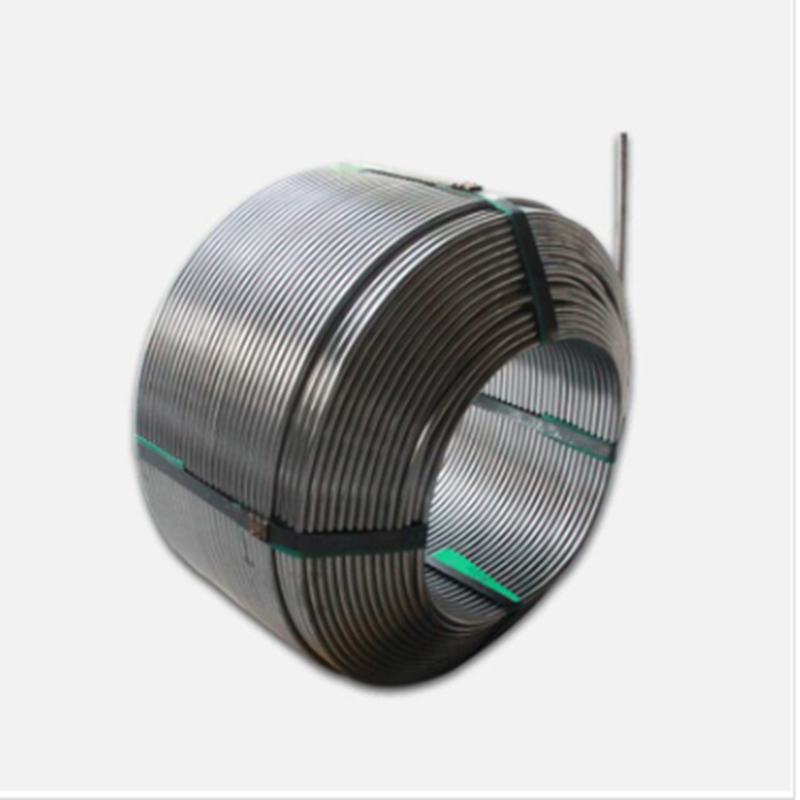1. Yield point
When the steel or sample is stretched, when the stress exceeds the elastic limit, even if the stress does not increase, the steel or sample continues to undergo obvious plastic deformation, which is called yielding, and the minimum stress value when the yielding phenomenon occurs is for the yield point. Let Ps be the external force at the yield point s, and Fo be the cross-sectional area of the sample, then the yield point σs = Ps/Fo (MPa). .
2. Yield strength
The yield point of some metal materials is extremely inconspicuous and difficult to measure. Therefore, in order to measure the yield characteristics of the material, the stress when the permanent residual plastic deformation is equal to a certain value (usually 0.2% of the original length) is specified. is the conditional yield strength or simply yield strength σ0.2.
3. Tensile strength
The maximum stress value reached by the material during the stretching process, from initiation to fracture. It expresses the ability of steel to resist breaking. Corresponding to the tensile strength, there are compressive strength, flexural strength, etc. Let Pb be the maximum tensile force achieved before the material is pulled off
force, Fo is the cross-sectional area of the sample, then the tensile strength σb = Pb/Fo (MPa).
4. Elongation
After the material is broken, the percentage of its plastic elongation length to the original sample length is called elongation or elongation.
5. Yield strength ratio
The ratio of the yield point (yield strength) of the steel to the tensile strength is called the yield-strength ratio. The larger the yield ratio, the higher the reliability of the structural parts. Generally, the yield ratio of carbon steel is 06-0.65, and the low alloy structural steel is 065-0.75, and the alloy structural steel is 0.84-0.86.
6. Hardness
Hardness indicates the ability of a material to resist the pressing of a hard object into its surface. It is one of the important performance indicators of metal materials. Generally, the higher the hardness, the better the wear resistance. Commonly used hardness indicators are Brinell hardness, Rockwell hardness and Vickers hardness.
Post time: Jul-20-2022

